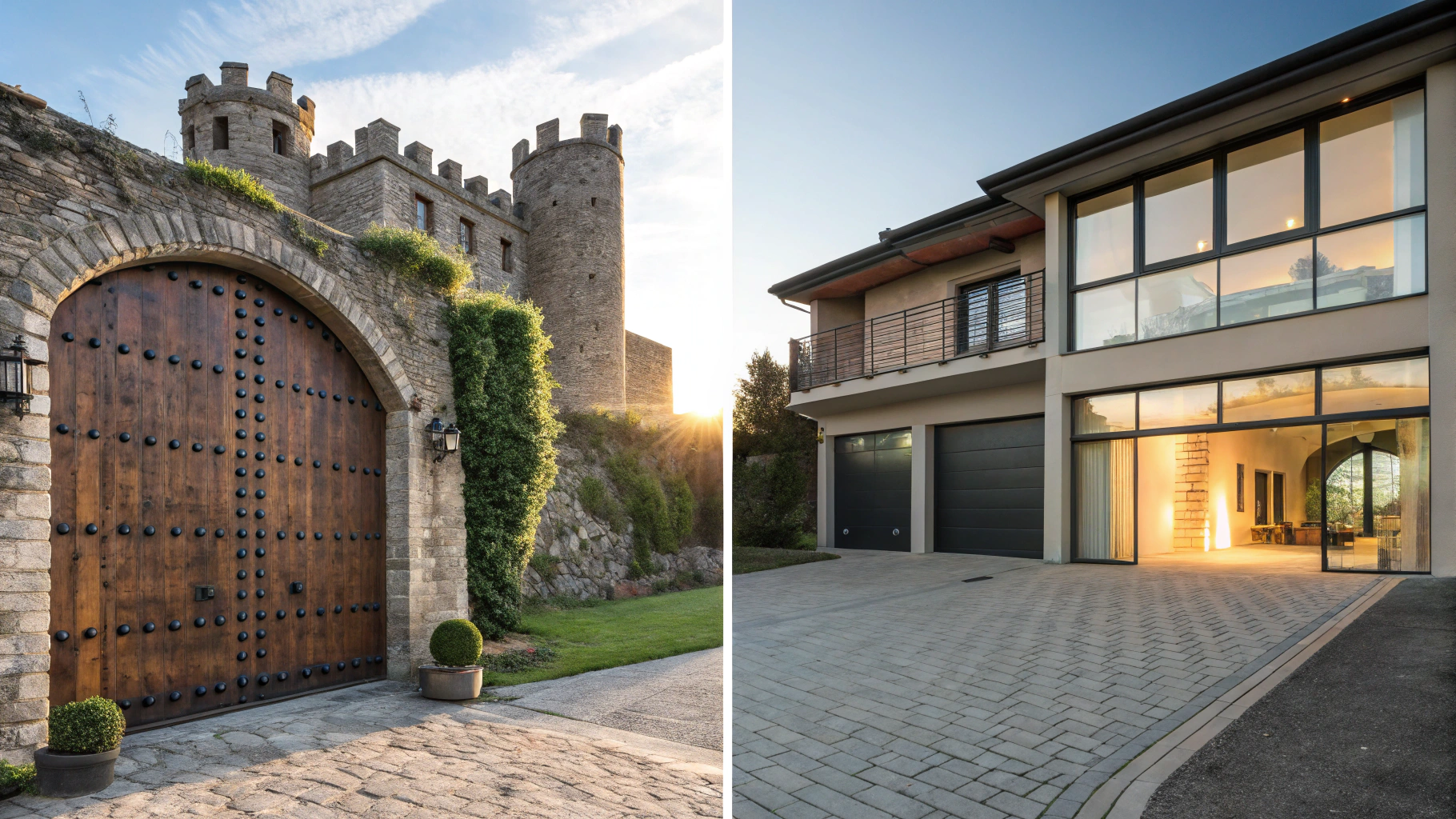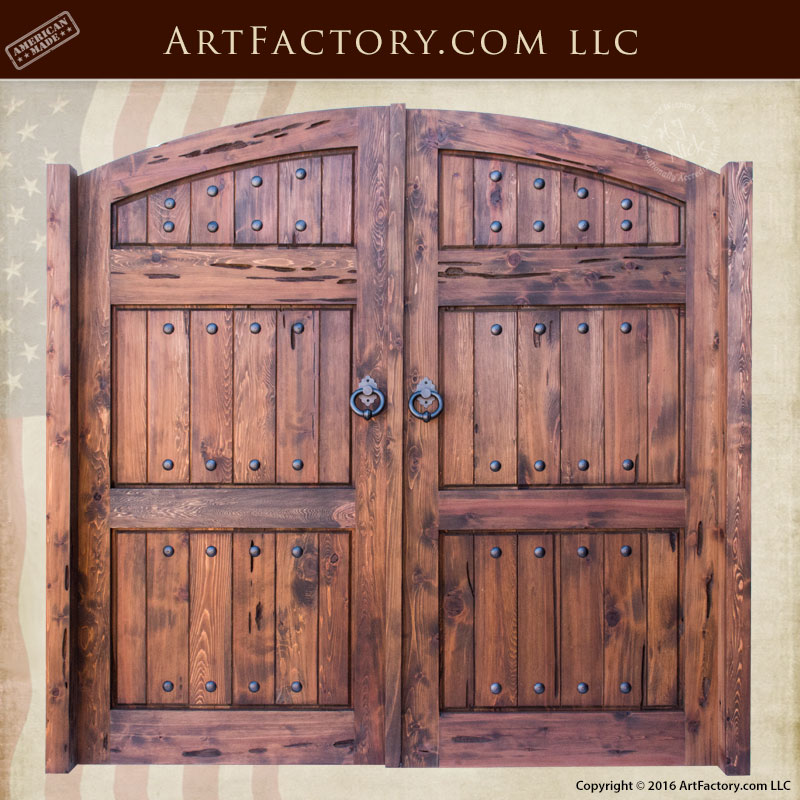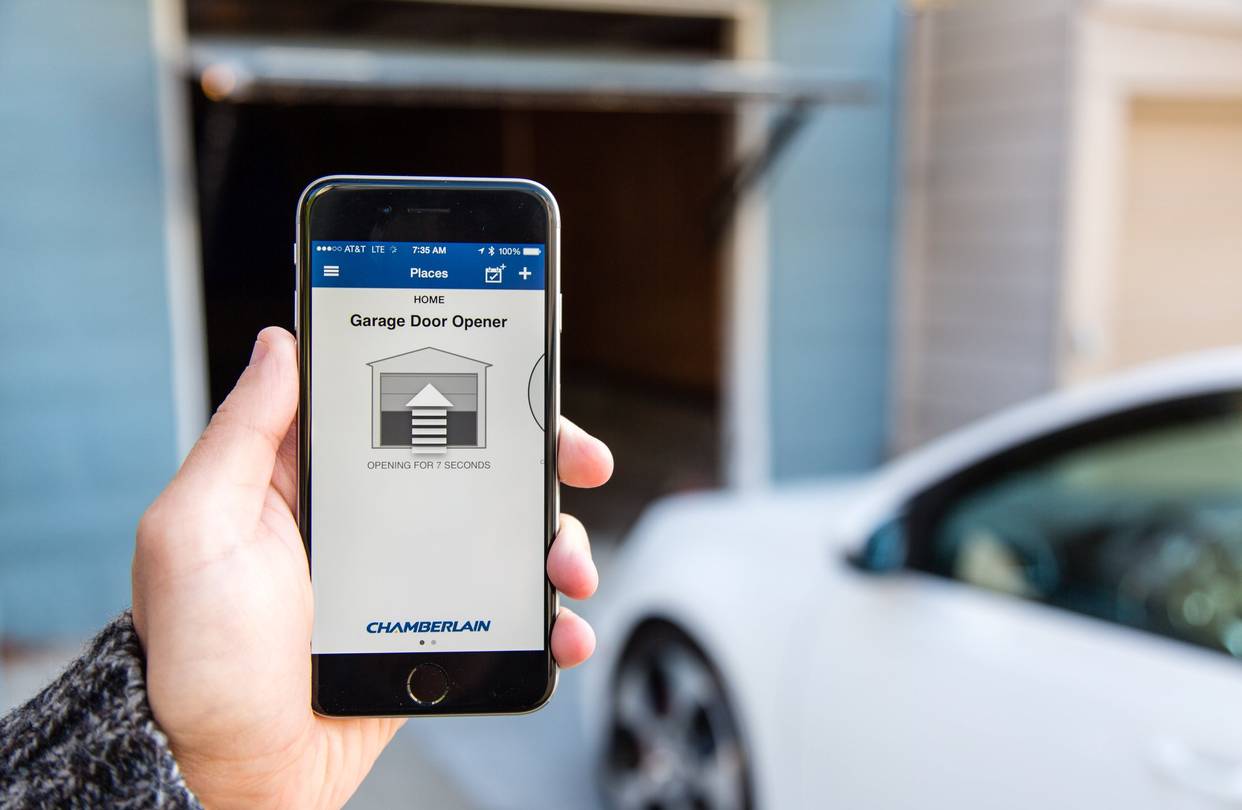Vintage carriage style garage doors with windows have served as functional art pieces for centuries, combining heritage designs with modern living needs. Originating in medieval European manor houses like England’s Haddon Hall 1, these doors protected horse-drawn carriages while adding rustic charm through iron hardware and crossbeam details. Today, they balance historical character with 21st-century innovation, think energy-efficient insulation and app-controlled operation. If you're drawn to reclaimed wood’s authenticity or steel’s low-maintenance durability, this guide walks through everything from material choices to smart climate adaptations.
From Castles to Smart Homes: The Evolution of Carriage Doors
The story begins in 12th-century Europe, where castle stewards used thick wooden panels with hand-forged hinges to secure coaches and hay stores 2. Windows were rare but occasionally added for light, a feature that’s now central to their appeal. Everything changed in 1921 when C.G. Johnson invented the overhead garage door, transforming swing-out carriage designs into space-saving automatic systems 3. Modern versions keep the classic look (divided-light windows, wrought-iron handles) while using materials like steel and polyurethane foam for better insulation 4.
Design Breakdown: Vintage vs. Modern Carriage Doors
Classic Charm Meets Today’s Tech
True vintage-style doors feature asymmetrical window placements and rough-sawn wood textures. But contemporary custom carriage style garage doors improve functionality:
Steel overlays mimic wood grain without warping
Laminated glass windows reduce UV damage
Overhead operation eliminates swing-out space needs

A Minnesota homeowner recently shared how switching to steel-insulated carriage doors cut their heating bills by 15% despite harsh winters 5.
Materials Compared: Wood, Steel & Composite
Solid Wood (For Purists)
Species like mahogany and thermally modified cedar offer timeless beauty but demand yearly sealing. Hybrid builds pair wood frames with Medium-Density Overlay (MDO) plywood skins to resist Midwest rainstorms 6.
Solid Wood (For Purists) vs Modern Materials
A Pennsylvania contractor notes, "85% of my clients choose steel doors with foam cores, they handle ice dams better." These low-maintenance options mimic wood’s look while providing R-18 insulation, blocking 50% more heat transfer than single-pane designs 58.

| Material | Best For | Maintenance Tip |
|---|---|---|
| Solid Wood | Dry climates, historic homes | Annual oil-based sealant |
| Steel with Overlay | Snow-prone regions | Biannual hinge lubrication |
| Fiberglass Composite | Coastal areas | Hose down salt residue monthly |
Windows: Light, Efficiency & Style
More than just pretty, garage windows slash lighting costs and create workshop-friendly spaces. Key considerations:
Placement: Cluster windows near the top to preserve insulation (ideal for attached garages).
Glass Type: Low-E (low-emissivity) coatings reflect heat in sunny climates.
Grille Patterns: Prairie-style grids suit Craftsman homes; arched designs mirror Victorian stables.

Cost Guide: Installation & Customization
Expect to invest:
$1,300–$1,900 for basic steel doors
$6,000+ for custom wood doors with stained glass
$500–$1,500 labor for overhead system retrofits

Pro Tip: Composite wood-look doors cost 30% less than solid oak but mimic its grain perfectly 9.
2025 Trends: Smarter & Sleeker
Matte Black Hardware: Replaces ornate brass for modern contrast against white oak.
Oversized Windows: Angular or circular shapes dominate new builds.
Integrated Tech: Chamberlain’s MyQ app lets Iowa homeowners open doors via smartphone.

Maintaining Your Investment
- Clean Gently: Use vinegar/water mixes on wood; avoid steel scrubbers.
- Inspect Seals Monthly: Cracked weatherstripping invites drafts.
- Lubricate Autumn/Spring: Graphite powder keeps tracks silent.
Climate-Specific Choices
- Hot/Humid → Fiberglass resists swelling
- Snowy → Steel with R-12+ foam cores
- Coastal → Aluminum-clad wood fights salt corrosion 10
Why Vintage Carriage Doors Endure
More than relics, these doors adapt. They’ve evolved from keeping hay dry in English castles to reducing carbon footprints in Chicago suburbs. Even if you choose hand-hewn walnut or hurricane-rated steel, their beauty and practicality remains unmatched.
As one Oregon architect notes, "They’re the ultimate intersection of where we’ve been and where we’re going."
